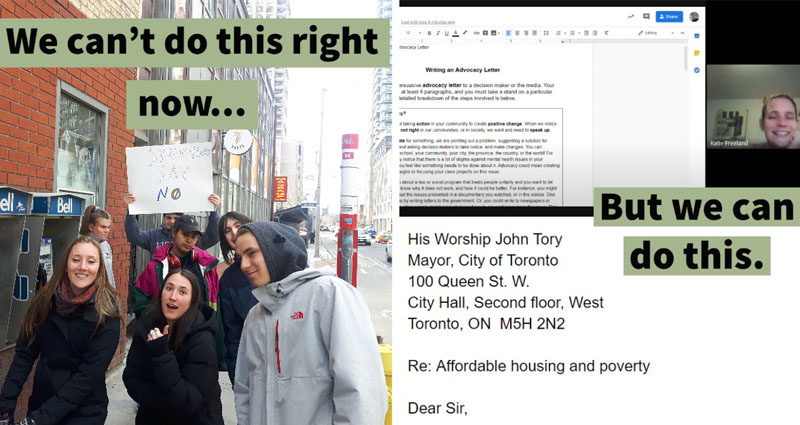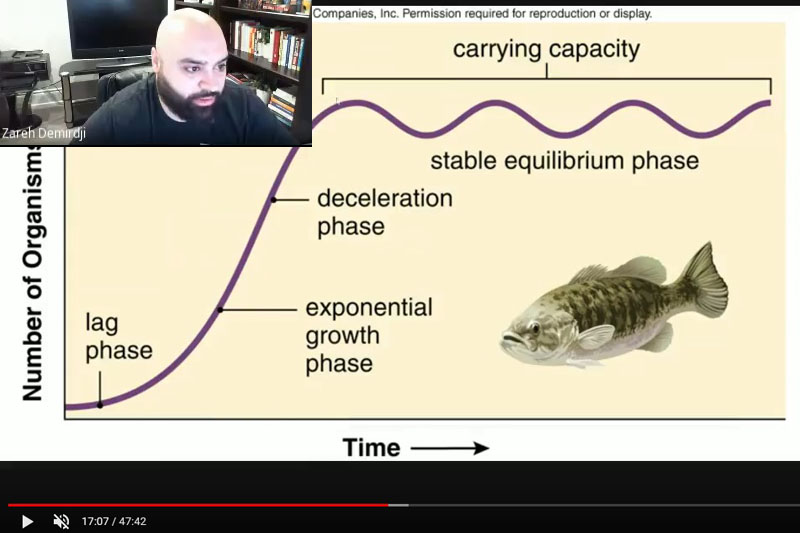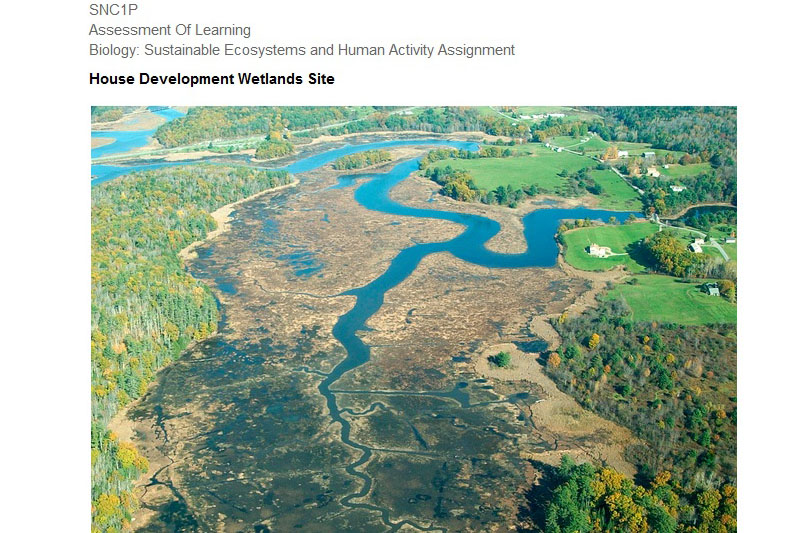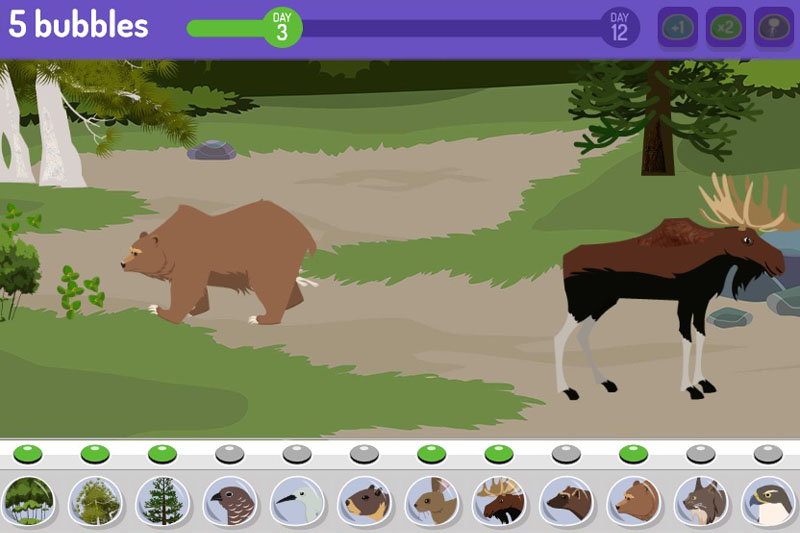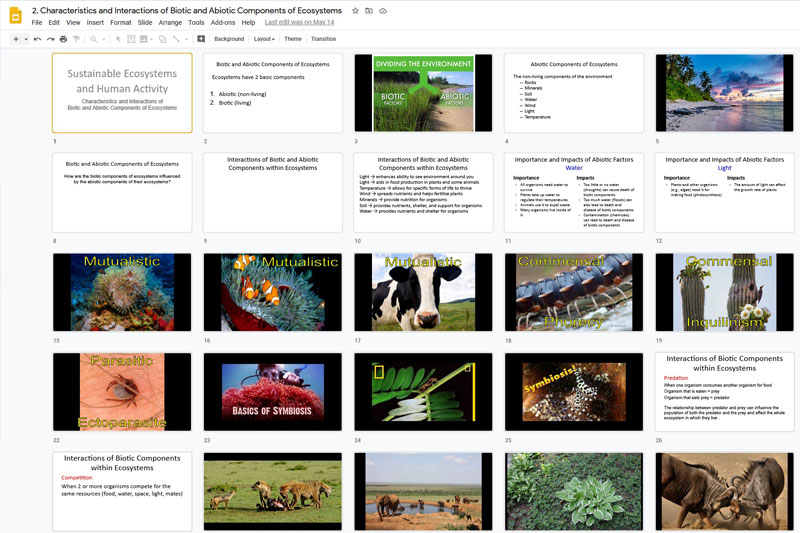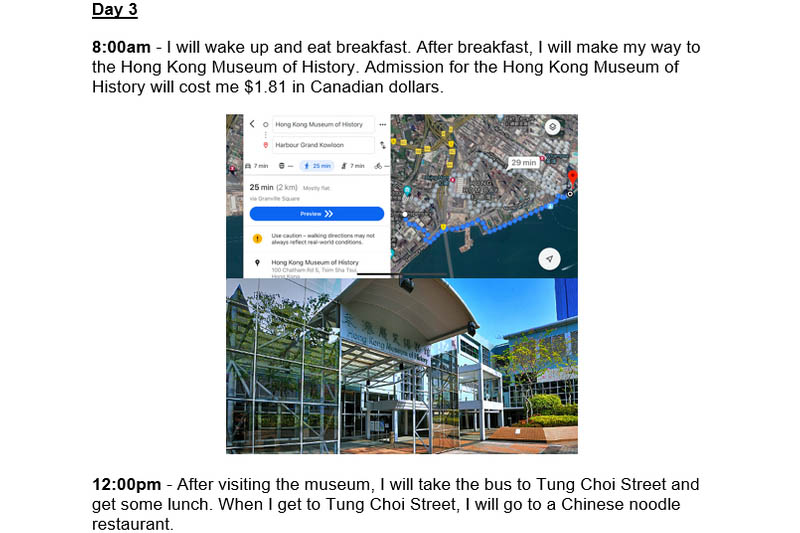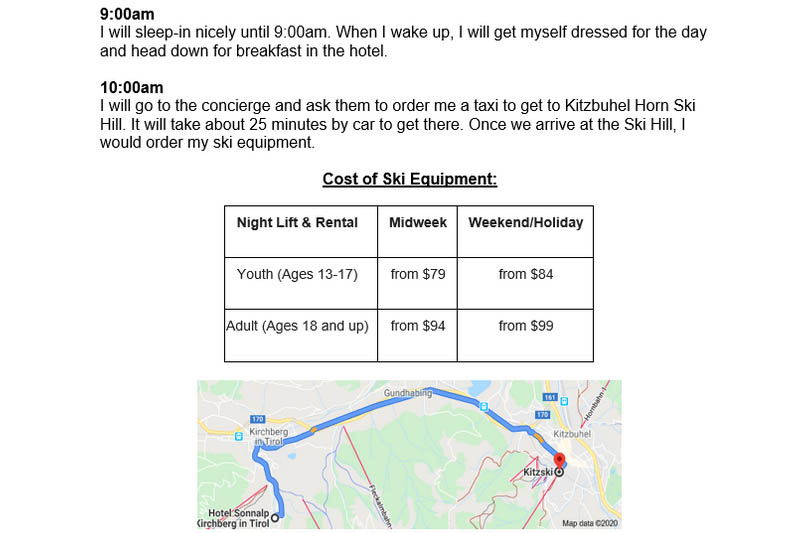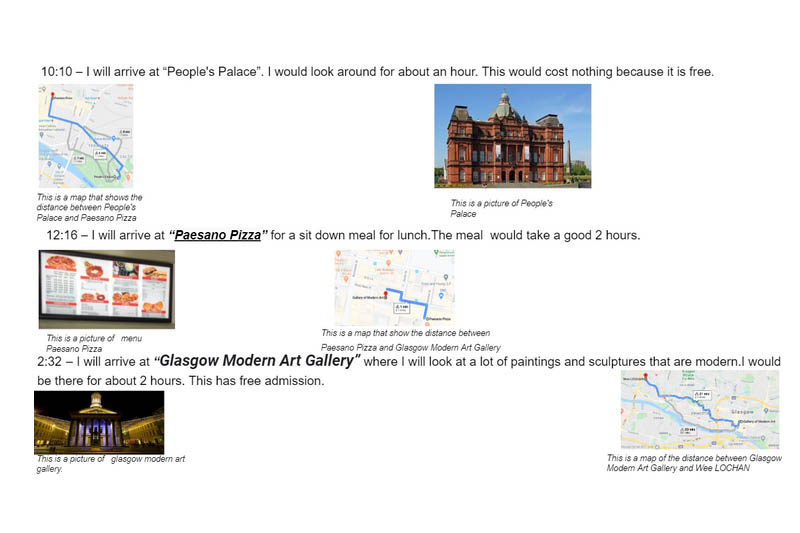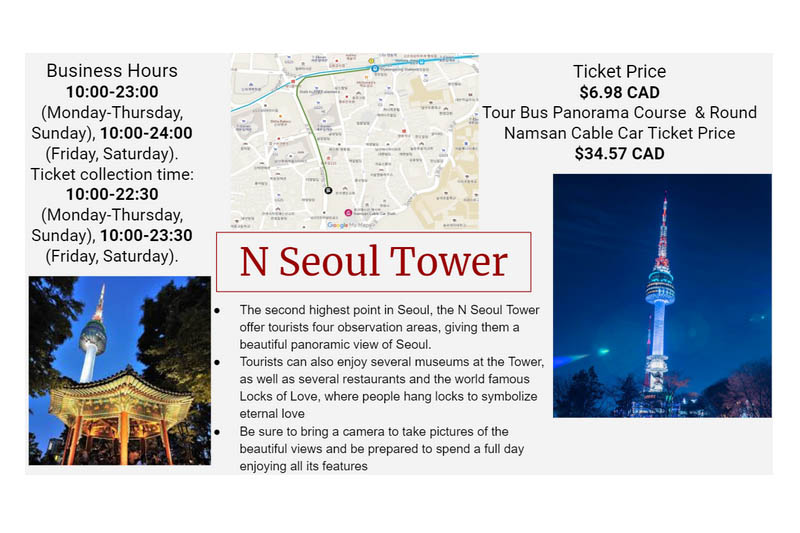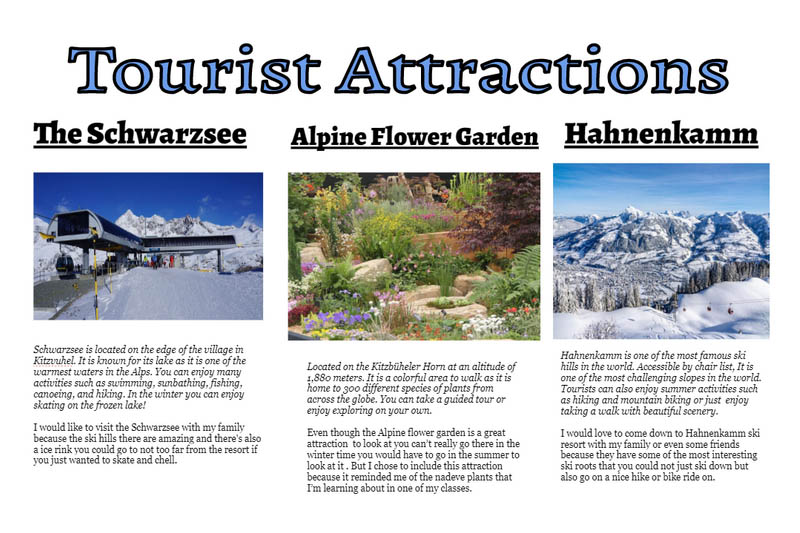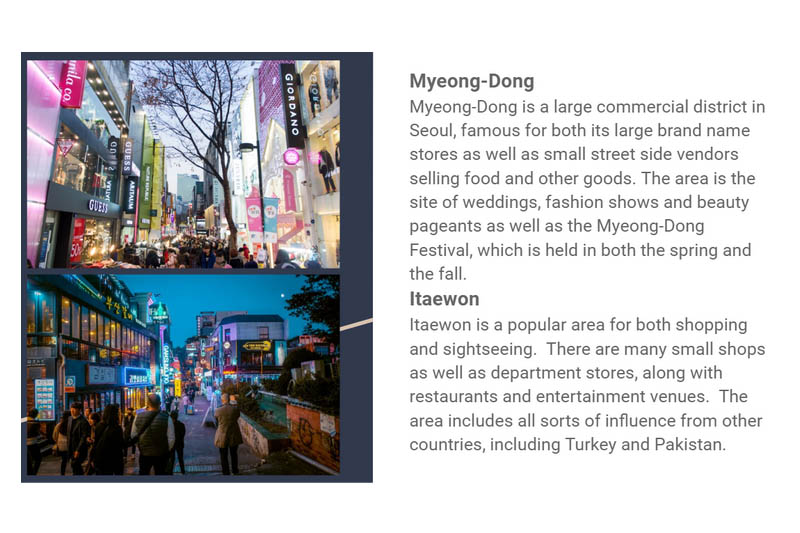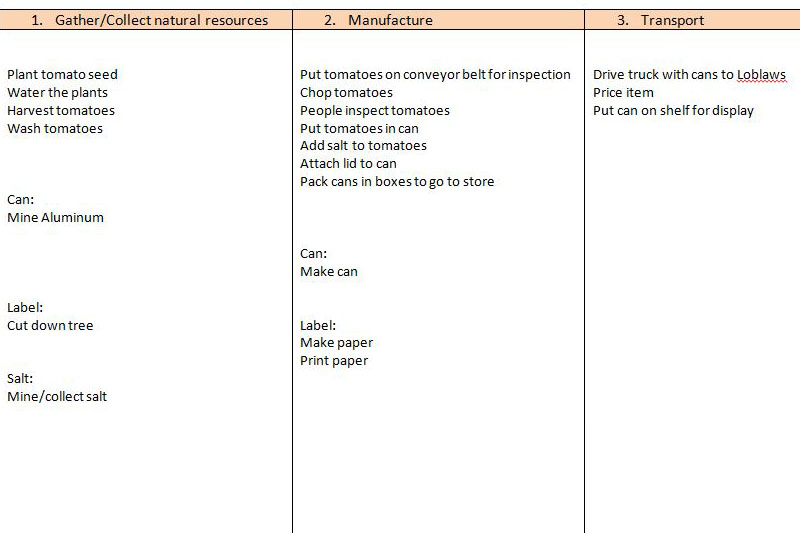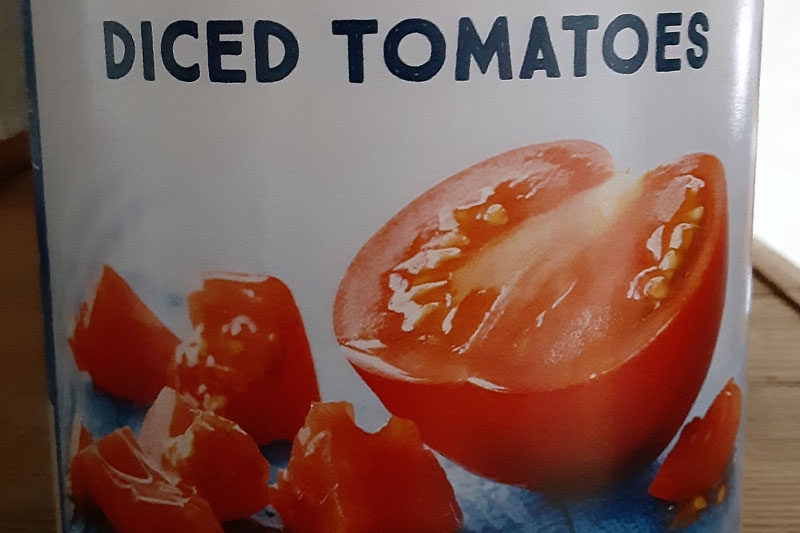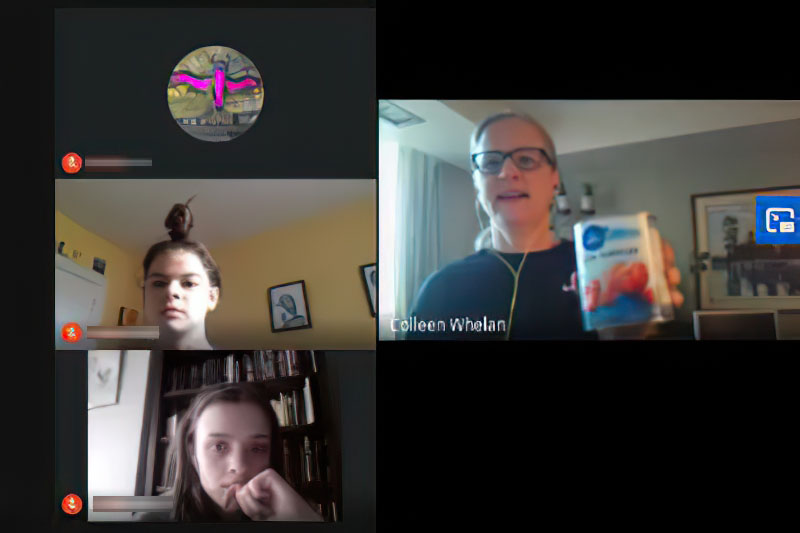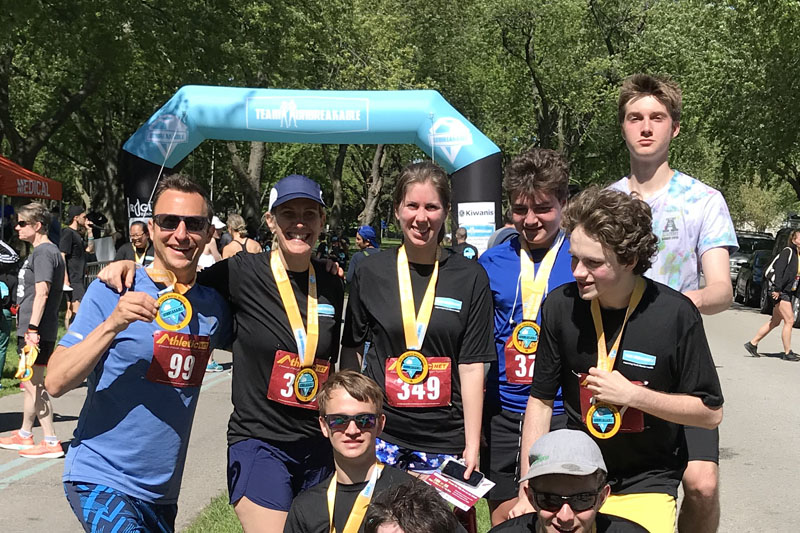
Well, while this whole pandemic has put a damper on our training it can’t keep determined athletes from keeping fit! The YMCA Academy’s Healthy Active Living classes hit the ground running when the lock down struck and spent the first couple of weeks researching the best ways to keep active during this predicament and constructing plans to keep fit at home. And If I have been led to believe correctly, all of my Healthy Active Living students have been doing just that.
Now it’s time to put our money where our feet are and cap off the year by taking on the Team Unbreakable Virtual 5K. This year, we won’t be gathering in a large group to complete the distance, but rather participants can run or walk 5 km on their own, at their leisure, at any point between 9 am and 9 pm on Father’s Day, Sunday June 21st. It happens to be the perfect way to celebrate your dad! If you feel like joining the team please check out the Team Fundraising Page of YMCA Academy where you can sign up.
I hope to see you all out there! … virtually, of course.

